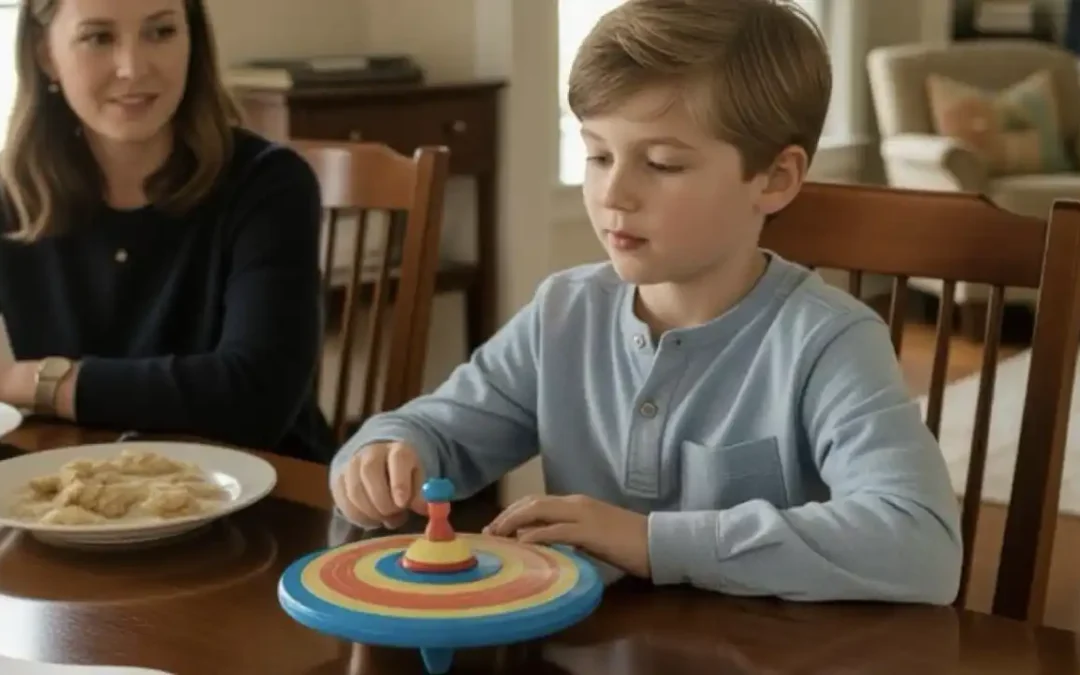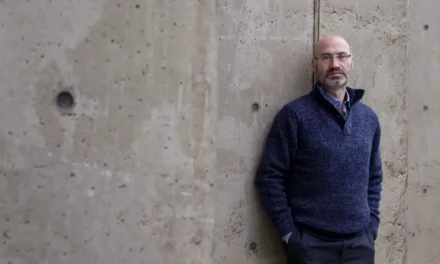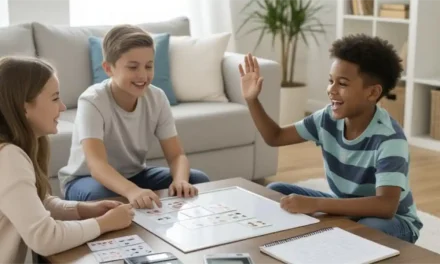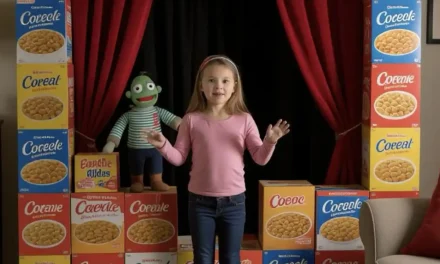
Cherishing Questions: Explore as Partners
C
uriosity runs deeper when it’s shared. Children learn a lot from watching you explore—not just when you lead, but when you learn alongside them. When you say, “Let’s find out together,” you model humility, collaboration, and a willingness to be surprised. They don’t just see you as a source of answers—they see you as a partner in wondering. Whether you’re looking something up, testing a theory, or puzzling through a tricky question, the process of discovery becomes a joint adventure.
One morning, my son spotted a rusty bike chain in our garage. “What makes it rusty?” I asked. He guessed water, then ran his fingers across the orange film. “What else stands out here?” I added. From that single moment, a habit took root. Chains became chimneys, gates, gutters—he started seeing questions everywhere. Our walks and errands shifted. Every space became a site of curiosity, not just for him, but for both of us. The spark didn’t come from a lesson. It came from looking closely—together.
You can grow this habit by turning everyday outings into low-pressure explorations. At a park, store, garden, or city street, ask, “What’s something here you don’t understand yet?” Let them point, guess, and wonder—and let the conversation drift. For younger kids, questions might focus on how things work; for teens, on why things are the way they are. No need to record it all. Just keep noticing, reflecting, and circling back. The goal isn’t to track answers. It’s to root curiosity in shared ground.
Cherishing Questions

Cherishing Questions: Connect with Others
Friendships shape emotional growth. Help children develop meaningful connections that teach empathy, communication, and collaboration.

Cherishing Questions: Honor Their Asking
When children ask questions, they reveal their wonder. Respond with patience to build confidence, communication, and trust in their own thinking.

Cherishing Questions: Invite Their Whys
Welcome every child’s “why?” as a doorway to deeper thought. Encouraging questions nurtures curiosity, critical thinking, and joyful learning.
Table of contents

Primordial Soup for the Mind: Navigation
Navigate the book Primordial Soup for the Mind.
TIPS
- Ask open questions in new places.
- Explore alongside your child without rushing to explain.
- Let shared curiosity lead the way.
ACTIVITIES
- Pond Pause: Sit by a pond, ask what’s happening, wonder aloud—10–15 min
- City Muse: Explore a busy street or building and guess how it works—10–15 min
- Place Jot: Each write down one odd or beautiful thing you noticed—10–15 min
TOOLS
Discovery Journal, Place Chart

Download “Primordial Soup for the Mind: A Parent’s Guide to Nurturing Intellectual Growth”
Enter your information to get this article and hundreds more as part of the FREE book Primordial Soup for the Mind.
Share your thoughts with the Thought Academy community in the Comments section below.

Sharpen those skills!
Enter your information to get our FREE practice exercises so you can hone your critical thinking and reasoning skills!







0 Comments